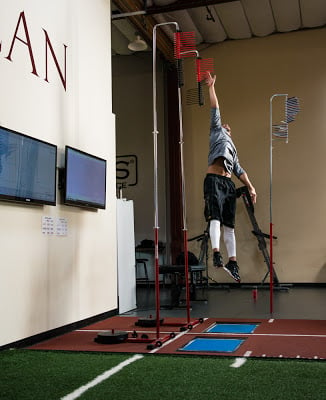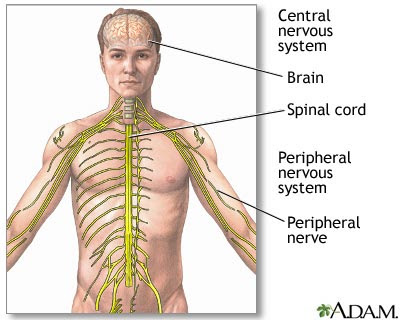
As we watch the Olympics, we cannot help but be amazed about 4 years of preparation for just one slalom run, one aerial maneuver, or one luge turn. How do such athletes perfect an experience that can be won or lost on just a few hundredths of a second? These individuals have created a motor program.
The motor program is initiated, and adjusted, by the nervous system. The nervous system is a network of nerves that transmits sensory impulses (signals) from the brain to the muscles by way of the spinal cord.
If the body is a car, then the nervous system is the driver.

Though there is still so much we don’t understand, neuroscientists have tried to simplify the definition of a motor program into two parts, a global plan and finite adjustments.
The global plan is established through numerous conscious attempts, allowing a sport skill, such as skiing downhill at 80 miles per hour, to occur without much voluntary thought. This aspect probably occurs mostly at the central level of the brain by establishing a program for future execution.
The second category of a motor program most likely involves the periphery aspects of the nervous system, as finite changes are made by contracting and relaxing the muscles to allow the skier to adjust to different conditions of the snow.
The above process explains how a sport skill is established and refined through hours of “perfect practice”. However, performance benefits through skill repetition are not the only benefit of a motor program. In fact, an even greater reward for training correctly on numerous occasions is the reduction in injuries.
A 2008 study out of the University of Louisville Medical School found that correct motor programs can drastically reduce the incidence of back injuries in volleyball players. This finding among back injuries is also supported for knee injuries. A 2008 study in the American Journal of Sports Medicine had female soccer players perform a daily, 15-minute warm-up session, an intervention that would change the girls’ “motor program.” The results demonstrated that subjects that did not perform the program had a 3.3x higher injury rate. Weight room circuits that stress more repetitions with little rest, such as CrossFit, may feel like a great workout, but it does little to improve these motor programs, and can actually make the athlete more prone to injury and lower performance.
So make sure your practice is perfect, whether it is landing correctly in volleyball, cutting smoothly in soccer, or weightlifting with sufficient rest and flawless technique, because such repetition will both improve performance and reduce injury.
But if you’re competing against our athletes, please continue to play sports and perform weightlifting circuits with very little attention to the details, as perfect execution has little to do with the outcome.